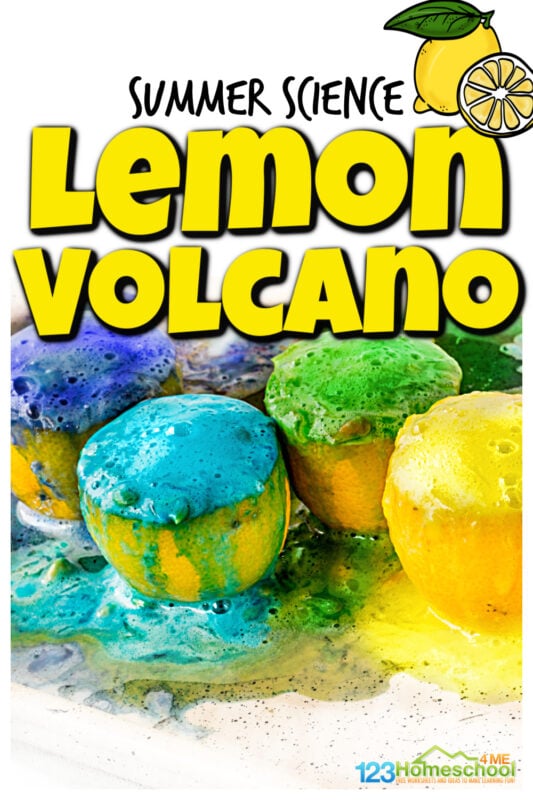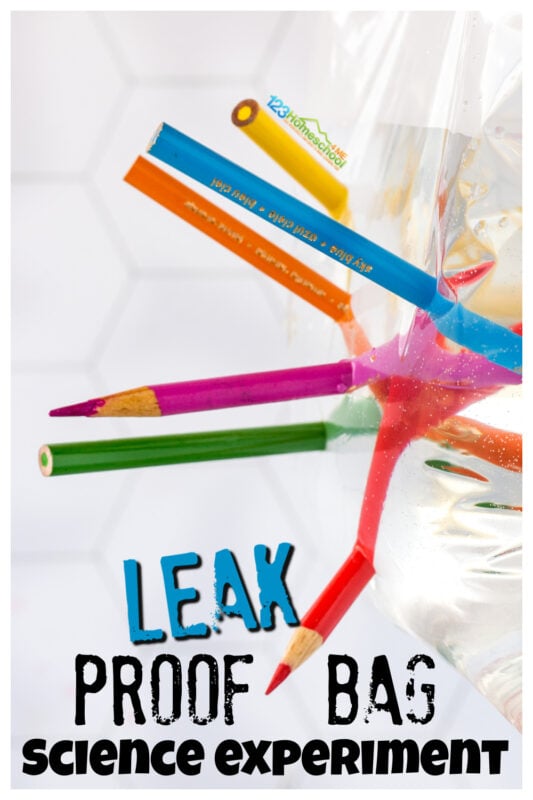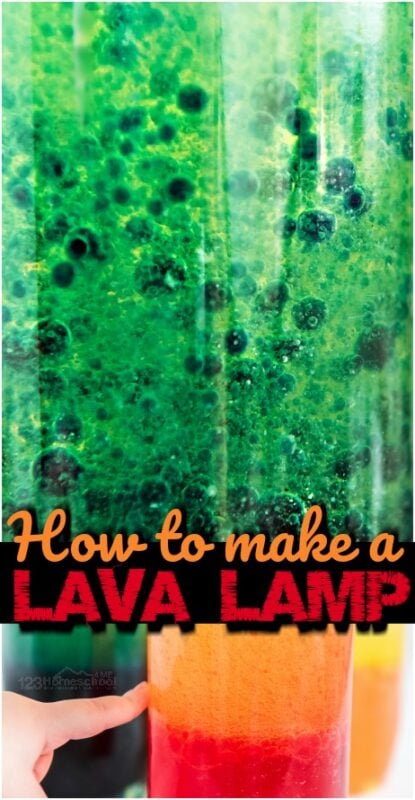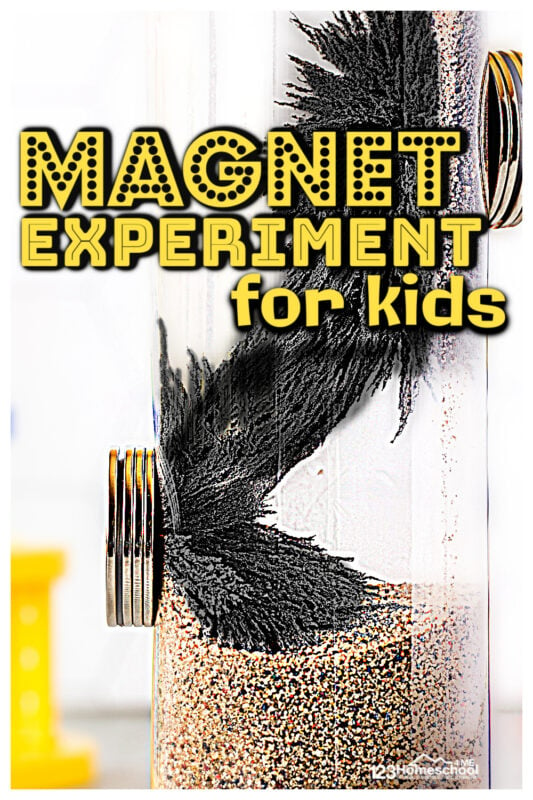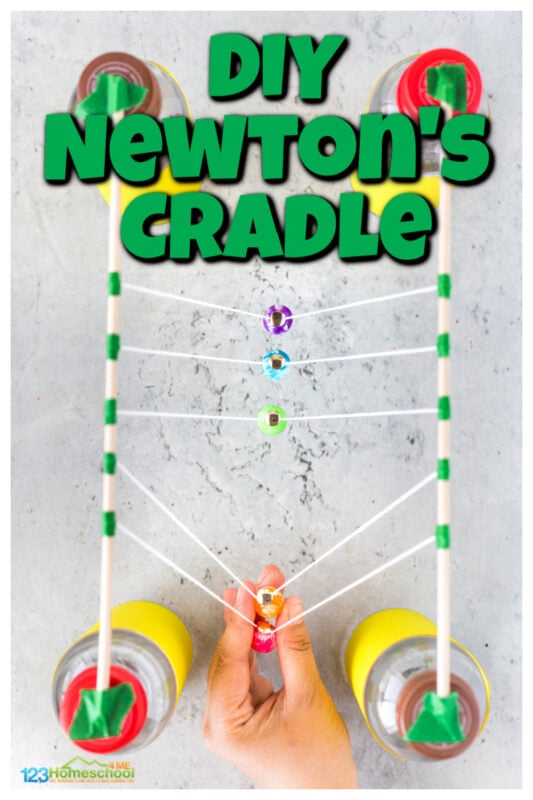Looking for a funvalentines day scienceactivity for February?
Use thisvalentines day activitiesat home, in the classroom, or as part of your homeschool science lesson.
Plus dont misslove potion science experiment, easyvalentine balloon experiment, and cutevalentine activity!

Another way to put it is that density is the amount of mass per unit of volume.
If an object is heavy and compact, it has a high density.
So you’re able to have 1 cup of water and 1 cup of corn syrup.

it’s possible for you to visually see then when you pour them both out.
The corn syrup goes out slowly because it is athickerfluid.
Simply put, density is a measure of how close together pieces are.

If they are close together, the object is dense.
If the pieces are far apart, the object is less dense.
An object with a low density has more space for air.

The one to the right is more dense as their are more lego pieces in the same space.
Because they have different densities they will sit on top of one another.
This is super cool and pretty simple to do if you follow our directions and go slowly step-by-step.

Before we get started, c’mon DO NOT SHAKE or stir your experiment!
Valentines day science experiments
Put the following common household ingredients in a tall clear container.
It can be a vase, tumbler, empty starbucks frapachino cup if thats what you have on hand.

The quantity or how much of each layer depends on how big your container is.
You want to see the layer clearly so aim to get each layer about 1-2 deep.
I suggest trying things like a penny, heart, pompom, marble, conversation heart, etc.

What did you notice?
Did it all seperate back out?
Did the colors end up exactly the same as they were before?

Why do you think that happened?
THey can either write or draw their predictions and draw what they observed with each of the layers.
Popular Science Activities
Looking for lots more fun, science experiments for kids?

Youve GOT to try some of theseoutrageously funscience experiments for kids!
Plus dont miss all ourscience for kids, types offree science lessons, or seasonalscience experiments.
